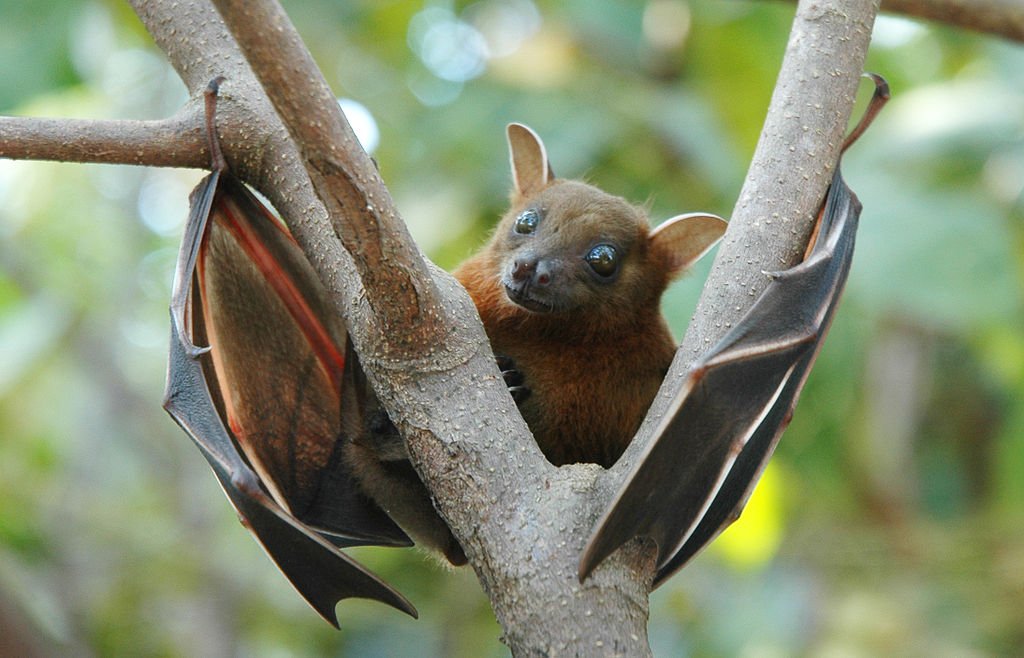Many of us humans take for granted our ability to perceive three-dimensional spaces, and neuroscientists have often wondered if this capability is present in other mammals.
Researchers from the Weizmann Institute of Science in Israel have now constructed miniature wireless devices that measure brain activity and are able to detect how fruit bats perceive space, remember spaces and navigate within them. This is the first time neuroscientists have been able to observe the perception of space and movement in the brains of non-human mammals.
Related articles
- Study Reveals Oxygen-Rich Air Can Reverse Severe Brain Damage
- Israeli Scientists Teach Humans To Sense With ‘Whiskers’
The research at the Weizmann Institute used already prevalent findings on mammal space-perception in two dimensional spaces as its base, which established that space orientation occurs as a result of “place cells” in the brain. These cells are neurons in the hippocampus, the part of the brain responsible for memory, and there they create representations of spatial environments.
Prior research was only able to recreate navigation in two-dimensional spatial environments, inspiring the researchers at the Weizmann Institute to simulate similar brain activity in three-dimensional environments.
Dr. Nachum Ulanovsky and his team set out to construct a measuring system that would be able to monitor bats’ perceptions of three dimensions. He chose to work on the common Egyptian fruit bat due to its size, enabling him to attach wireless devices that would not restrict its movement. The wireless device that Ulanovsky created is lightweight and contains electrodes to measure the activity of every separate neuron in the bats’ brain.
Ulanovsky also constructed an artificial cave for the purposes of the experiment that included a “tree” made of metal and covered with cups of fruit in order to simulate the bats’ full range of flight.
Sign up for our free weekly newsletter
SubscribeAll dimensions perceived equally
The findings of the experiment were astonishing. Ulanovsky found that the representation of three-dimensional space in the bats’ brains was similar to the representation of two-dimensional space through the place cells. The findings showed that not only are these cells able to pick up on the length and width of the space, but also the volume of the space.
Therefore, bats, and possibly other mammals perceive all three dimensions equally through the place cells in the brain and navigate with an understanding of three-dimensional space.
These findings also shed light on human perception of space, with Ulanovsky and his team noting that non-flying mammals, such as humans, may not perceive all three dimensions in the same resolution. Humans evolved from apes that were accustomed to swinging from trees and therefore may have had a more equal perception of the three dimensions, but as we evolved we navigate in flat two dimensional spaces, suggesting that we may not perceive volume as well as bats, for instance. Ulanovsky’s research suggests that the time-old phrase ‘blind as a bat’ is surprisingly inaccurate.
Photo by Anton 17
Related posts

Israeli Medical Technologies That Could Change The World

Harnessing Our Own Bodies For Side Effect-Free Weight Loss

Missing Protein Could Unlock Treatment For Aggressive Lung Cancer




Facebook comments